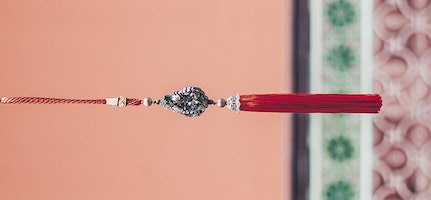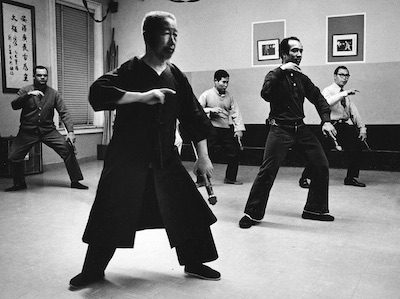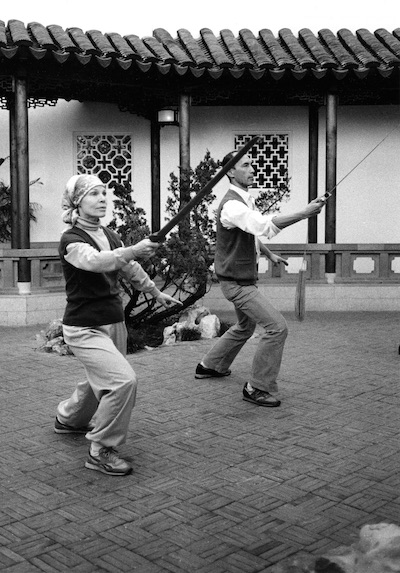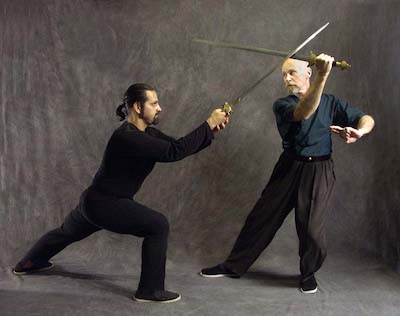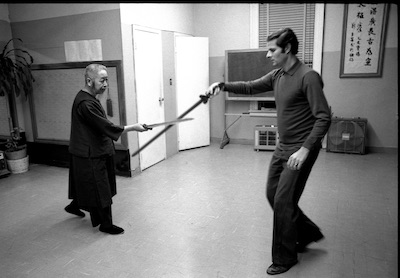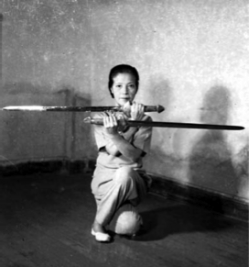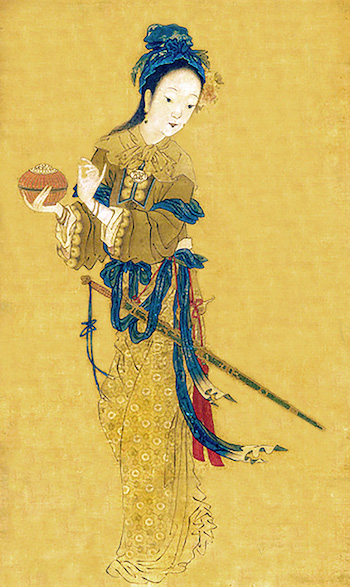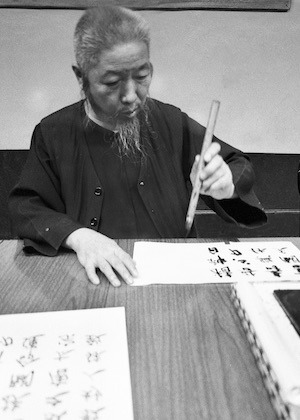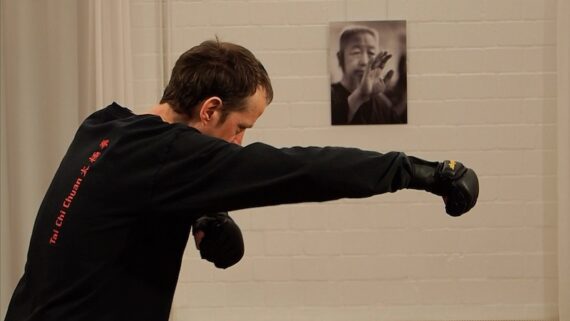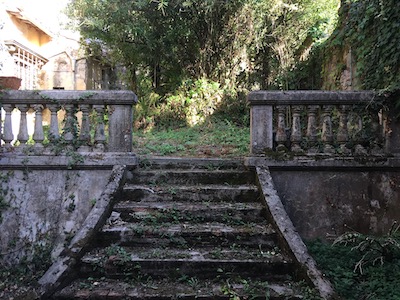We may consider the following errors ‘invitations’ to cut or thrust.
Blogs
Professor Cheng said, “While doing the form the Tassel should always be dancing.”
The Sword Fingers are used as a balance to the sword hand and to round out the posture, as in “Raise Hands”.
Ken van Sickle is famous for his swordplay & his photographs of Cheng Man Ching
As we do the sword form, and as we fence, we must take care to move the sword as its nature requires.
We grip the handle the way a baby holds our finger; the fist is firm, but the arm is relaxed.
Tai Chi principles lead us to moving the point by moving our grip / hand in the opposite direction, leaving the centre of the ‘stick’ relatively still like a lever, with little wrist strength required.
The edge of the blade must move exactly in the direction of the blade’s movement.
When doing sword form or fencing the sword is moved from our centre, and on the sword’s centre.
To the degree that you plan or anticipate (think) …
… You are not in the present time, and thereby vulnerable.
The Chinese word ‘Hsin’ is translated as ‘Heart’ or ‘Heart Mind’
“The Sword is the king of weapons.” – CHENG MAN CH’ING
The swordswoman Yue Nu was famous for having vanquished all challengers. She was able to successfully fight several men at the same time and was in charge of training the king’s swordsmen.
This Tai Chi Aspect encourages you just to play your form – without questioning, without remembering details, without trying to improve, without wanting to get something out of it.
A calligrapher will illustrate the correct energy and movement for the brush by displaying a sword movement, and …
Going faster helps you to check your knowledge of the choreography.
What we learn in Tai Chi has universal validity, that which comes at us, should be returned.
To pause in the form is the best starting point for structure work.
I am separating the fencing study into four parts in order to clarify these stages.
The stop button represents the practitioner’s ability to stop at any point in the form.


